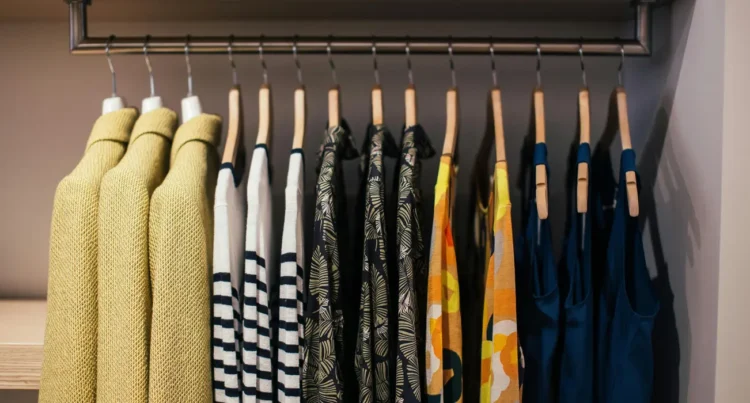As the seasons change, so should your wardrobe. Transitioning from one season to another gives you the perfect opportunity to organize and refresh your closet. Here are some tried and tested tips to help you declutter and organize your wardrobe effectively.
1. Start with a Plan
Before diving into your closet, take a moment to strategize. Determine what you need based on the upcoming season’s weather. Are you transitioning into a warmer or cooler climate? Having a clear idea of what’s needed can prevent unnecessary purchases and keep your closet functional.
2. Categorize Your Items
Begin by sorting your clothes into categories such as tops, bottoms, dresses, outerwear, and accessories. This step helps to see how much you own and what may be excessive. Categorizing simplifies the process of deciding what to keep or discard.
3. Assess Each Item
Work through each category by evaluating each piece. Ask yourself:
- Does it fit?
- Have I worn it in the past year?
- Is it still in good condition?
- Does it match my personal style?
Items that don’t meet these criteria should be considered for donation, sale, or recycling.
4. Embrace Seasonal Storage Solutions
If space is an issue, think about using vacuum-sealed bags or under-bed storage bins to pack away clothing not applicable for the current season. This not only frees up closet space but keeps your wardrobe looking neat and tidy.
5. Invest in Quality Hangers
Uniform hangers do wonders for closet aesthetics. Opt for thin, non-slip hangers to maximize space. Matching hangers create a cohesive look, making your closet visually inviting and sorted.
6. Organize by Color and Style
Once you have eliminated unwanted items, think about arranging your clothes by color and style. Grouping similar shades together makes it easier to find pieces and helps in creating visually appealing outfits effortlessly.
7. Incorporate Versatile Pieces
Seek clothing that can transition across seasons, such as lightweight cardigans, neutral-toned blouses, and versatile jeans. Having multi-seasonal items reduces the need for excessive clothing changes, making your wardrobe lean and functional.
8. Don’t Forget the Shoes
Like your clothes, shoes should also be seasonally rotated. Take the opportunity to clean and store away shoes not in season. A hanging shoe organizer or a shoe rack can efficiently showcase your current seasonal collection.
9. Accessory Audit
Accessories can often accumulate without notice. Evaluate jewelry, hats, scarves, and belts the same way you do with clothes. Ensure they reflect your current style and limit them to only what you need for the season.
10. Set a Maintenance Routine
Maintain your closet’s orderliness by scheduling periodic mini-cleanups every few months. Regularly revisiting your wardrobe helps in addressing clutter before it grows, ensuring your closet remains a functional space all year long.
11. Mind the Environment
Consider donating unwanted items to local charities or community centers. For clothes in poor condition, explore textile recycling options that are eco-friendly. Keeping clothing out of landfills is a responsible choice.
This seasonal closet cleanup process can be both refreshing and therapeutic. Not only does it cultivate a more organized living environment, but it also ensures your clothing choices are intentional and suited for the season. Happy organizing!


















